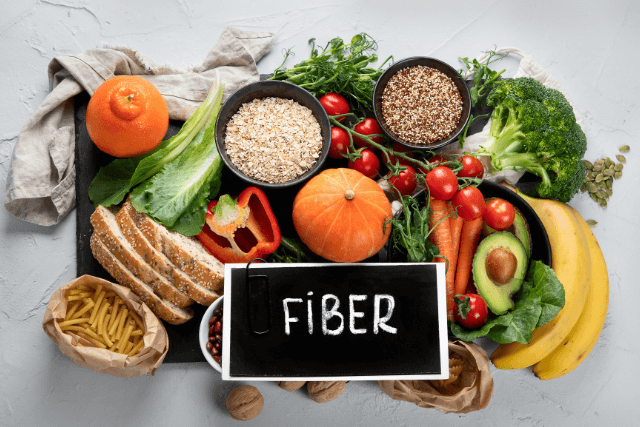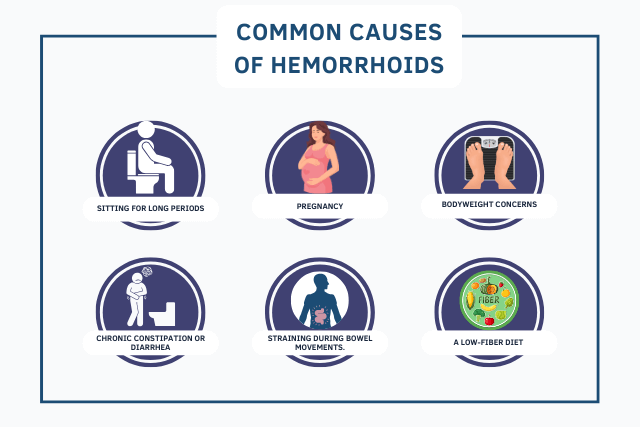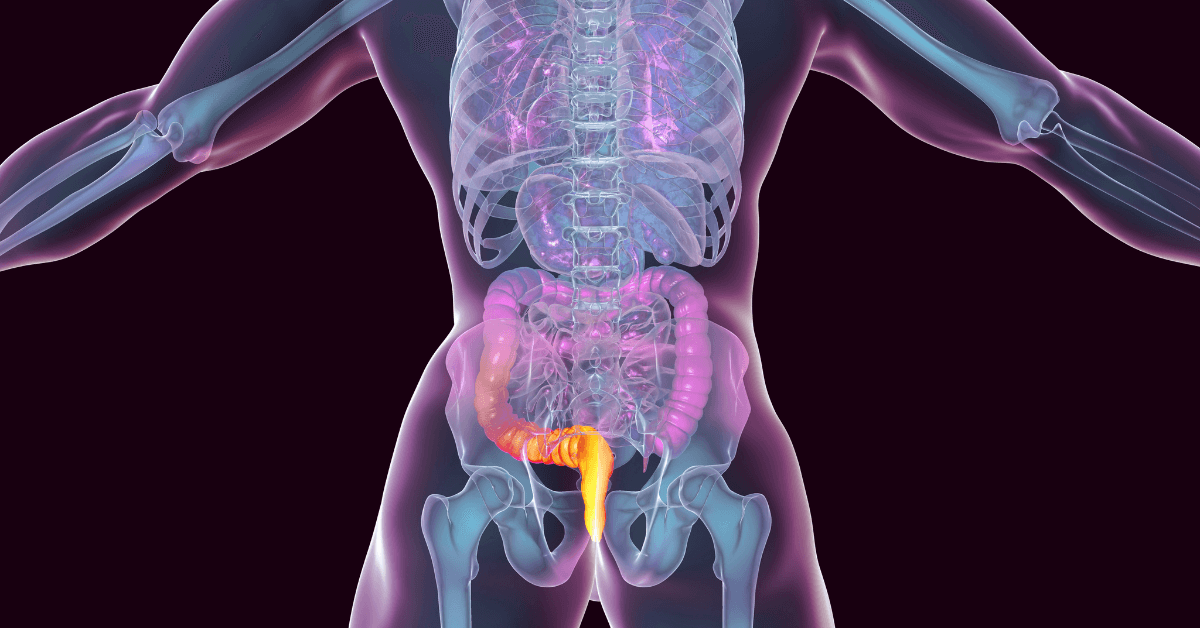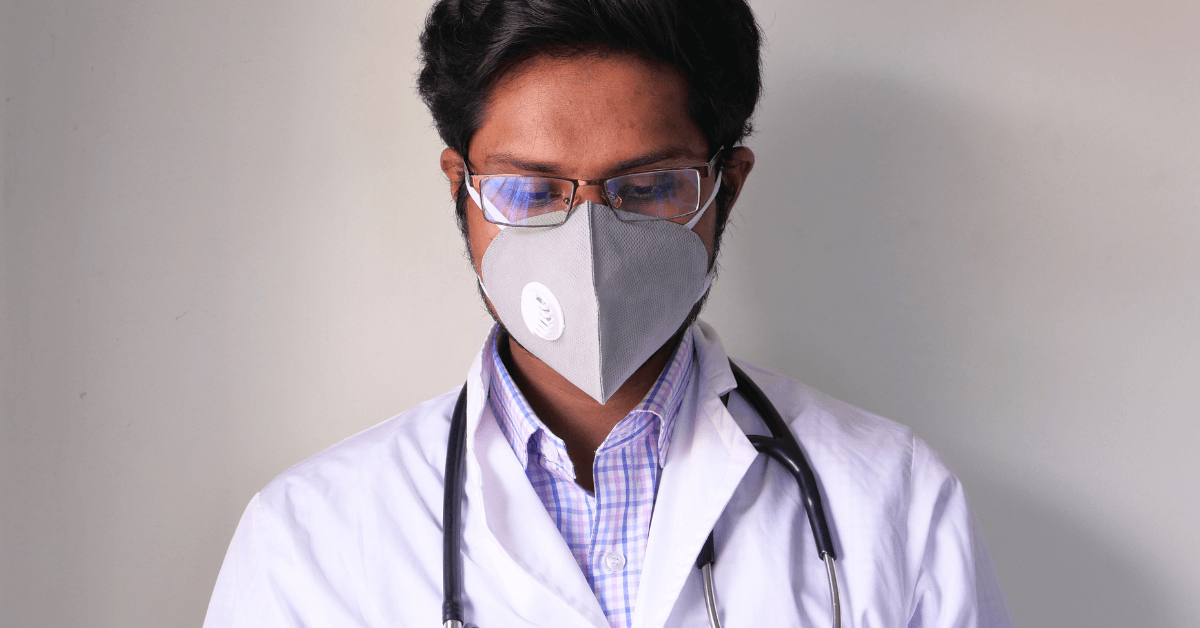Many people wonder, is a fistula like a hemorrhoid? These conditions both affect the anal and rectal area, causing discomfort, pain, and other symptoms. However, they are not the same. Understanding the differences can particularly help you seek the right treatment. At IBI Healthcare Institute, we offer advanced treatments for both conditions.
What Is a Fistula?
A fistula is an abnormal tunnel between two body parts. When it occurs in the anal region, it is called an anal fistula. This condition often results from an untreated infection that forms an abscess. Over time, the abscess creates a tunnel from the infected gland inside the anus to the skin outside.
Causes of a Fistula
- Infection and Abscess Formation: An anal gland infection can lead to an abscess, which, if untreated, develops into a fistula.
- Inflammatory Bowel Disease(IBD): Conditions like Crohn’s disease increase the risk of fistula formation.
- Previous Surgery or Trauma: Past surgical interventions may contribute to fistula formation.
- Sexually Transmitted Infections(STIs): Certain infections can cause abscesses and lead to fistulas.
- Tuberculosis or Cancer: Rarely, systemic diseases can be a factor.
Signs and Symptoms of a Fistula
- Persistent anal pain, especially when sitting
- Swelling and redness near the anus
- Drainage of pus or blood
- Skin irritation and discomfort
- Recurring abscesses
- Fever in severe cases
A fistula does not go away on its own. It requires medical treatment to prevent complications.
FiLaC (Fistula Laser Closure) for Fistulas
FiLaC is a cutting-edge laser treatment; therefore, it is designed to close fistulas with minimal trauma. This technique uses laser energy to seal the fistula tract from the inside, thus reducing both pain and recovery time.
Benefits of FiLaC:
- Minimally invasive: No need for large incisions
- Lower risk of recurrence: Effectively seals the fistula
- Less post-operative pain: Faster recovery compared to traditional surgery
- Preserves sphincter function: Reduces the risk of incontinence
How FiLaC Works:
- A flexible laser probe is inserted into the fistula tract.
- Laser energy is applied to close the tunnel from within.
- The tissue heals naturally and then seals off the fistula.
FiLaC is, therefore, a preferred choice for patients seeking an effective yet minimally invasive solution.
What Is a Hemorrhoid?
A hemorrhoid is a swollen vein in the lower rectum or anus. Hemorrhoids develop when pressure builds in the veins due to straining, pregnancy, or prolonged sitting. They can be internal (inside the rectum) or external (under the skin around the anus).
Causes of Hemorrhoids
- Chronic Constipation or Straining: Increased pressure in the rectal veins leads to swelling.
- Pregnancy: Hormonal changes and increased pressure from the growing baby consequently contribute to the development of hemorrhoids.
- Prolonged Sitting: Sitting for long periods, especially on the toilet, can cause hemorrhoids.
- Obesity: Excess weight puts pressure on the veins in the lower rectum.
- Low-Fiber Diet: Insufficient fiber intake, thus, leads to constipation and straining.
Signs and Symptoms of Hemorrhoids
- Bright red bleeding during bowel movements
- Itching and irritation
- Swelling around the anus
- Pain or discomfort, especially when sitting
- A lump near the anus in external hemorrhoids
While some hemorrhoids resolve with home remedies, others may require medical intervention.
LHP (Laser Hemorrhoidoplasty) for Hemorrhoids
LHP is a modern laser treatment for hemorrhoids that provides a gentle and effective solution. Unlike traditional surgery, LHP shrinks hemorrhoids from within without the need for major incisions.
Benefits of LHP:
- Minimally invasive: No external cuts or stitches
- Faster healing: Less downtime compared to traditional surgery
- Reduced pain: Quick recovery with minimal discomfort
- High success rate: Effectively shrinks hemorrhoids with minimal recurrence
How LHP Works:
- A laser probe is inserted into the affected hemorrhoidal tissue.
- Controlled laser pulses shrink and, thus, coagulate the hemorrhoidal veins.
- The treated area heals naturally, reducing swelling and discomfort.
- LHP is therefore ideal for patients who want a fast and effective treatment option with minimal disruption to daily life.
Fistula vs. Hemorrhoid: How Are They Different?
Many people ask, is a fistula like a hemorrhoid? While both conditions cause discomfort, they have key differences:
Are Hemorrhoids and Fistulas Related?
Even though both affect the anal area, they are not directly related. A hemorrhoid does not turn into a fistula. However, a severe abscess from an infected hemorrhoid could potentially lead to a fistula if left untreated.
Main Differences Between Fistulas and Hemorrhoids
- Cause: A fistula develops due to infection, while a hemorrhoid results from increased pressure in the veins.
- Symptoms: Fistulas cause pain, pus, and swelling. Hemorrhoids lead to itching, bleeding, and swelling.
- Treatment: Fistulas require surgery, whereas hemorrhoids can often be managed with lifestyle changes or minor procedures.
- Complications: A fistula can lead to chronic infection, while hemorrhoids typically cause discomfort but are less likely to result in severe issues.
How Are Fistulas and Hemorrhoids Treated?
Treatment for Fistulas
A fistula requires surgical intervention. The most common treatments include:
- Fistulotomy: The surgeon opens and drains the fistula tract.
- Seton Placement: A medical thread helps drain the infection over time.
- Laser Treatment (FiLaC): A minimally invasive option that uses laser energy to close the fistula.
- Advancement Flap Surgery: A procedure in which healthy tissue covers the internal opening, thus promoting healing.
Treatment for Hemorrhoids
Hemorrhoid treatment depends on severity:
- Home Remedies: Fiber-rich diet, warm baths, and topical creams.
- Minimally Invasive Procedures: Rubber band ligation, sclerotherapy, or infrared coagulation.
- Laser Treatment (LHP): A safe and effective method to shrink hemorrhoids.
- Hemorrhoidectomy: Surgical removal of severe hemorrhoids.
Complications of Untreated Fistulas and Hemorrhoids
If left untreated, both conditions can cause serious health issues:
- Fistula Complications: Chronic infection, abscess recurrence, difficulty controlling bowel movements.
- Hemorrhoid Complications: Anemia from excessive bleeding, blood clots (thrombosed hemorrhoids), severe pain.
Who Is at Risk?
Certain individuals are more prone to developing these conditions:
- People with Digestive Disorders:Those with Crohn’s disease or chronic constipation are at higher risk.
- Pregnant People: Increased pressure in the pelvic area can lead to both conditions.
- Higher weight Individuals: Excess body weight increases strain on the anal veins.
- People with Poor Hygiene: Failure to maintain proper hygiene in the anal area can eventually result in infections and complications.
When to See a Doctor?
If you have persistent pain, bleeding, or discharge, seek medical help. Ignoring symptoms can lead to complications. At IBI Healthcare Institute, we offer expert care for both conditions.
Frequently Asked Questions
1. Is a fistula like a hemorrhoid?
No, a fistula is an abnormal tunnel caused by infection, while a hemorrhoid is a swollen vein.
2. Can a hemorrhoid become a fistula?
A hemorrhoid cannot directly become a fistula, but an untreated infection may lead to one.
3. How do I know if I have a fistula or a hemorrhoid?
If you experience pus, persistent pain, or swelling, it may be a fistula. Hemorrhoids usually cause bleeding and itching.
4. What is the best treatment for a fistula?
Surgery or laser treatment is required to fully heal a fistula, as a result, offering patients lasting relief.
5. Are fistulas more painful than hemorrhoids?
Yes, fistulas generally cause more pain because they are linked to infections and abscesses.
6. Can I prevent hemorrhoids and fistulas?
Yes! Eating fiber, drinking plenty of water, and practicing good hygiene can reduce the risk. Furthermore, these habits promote overall health.

Preventing Fistulas and Hemorrhoids
To reduce your chances of developing either condition, follow these tips:
- Eat More Fiber: Fiber prevents constipation and reduces straining.
- Stay Hydrated: Drinking enough water supports healthy digestion.
- Exercise Regularly: Physical activity keeps your digestive system moving.
- Practice Good Hygiene: Keep the anal area clean and dry.
- Avoid Straining: Don’t sit on the toilet for long periods.
Conclusion
Now that you understand the differences, you can make informed decisions about your health. If you have concerns about fistulas or hemorrhoids, our experts at IBI Healthcare Institute are here to help.




